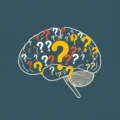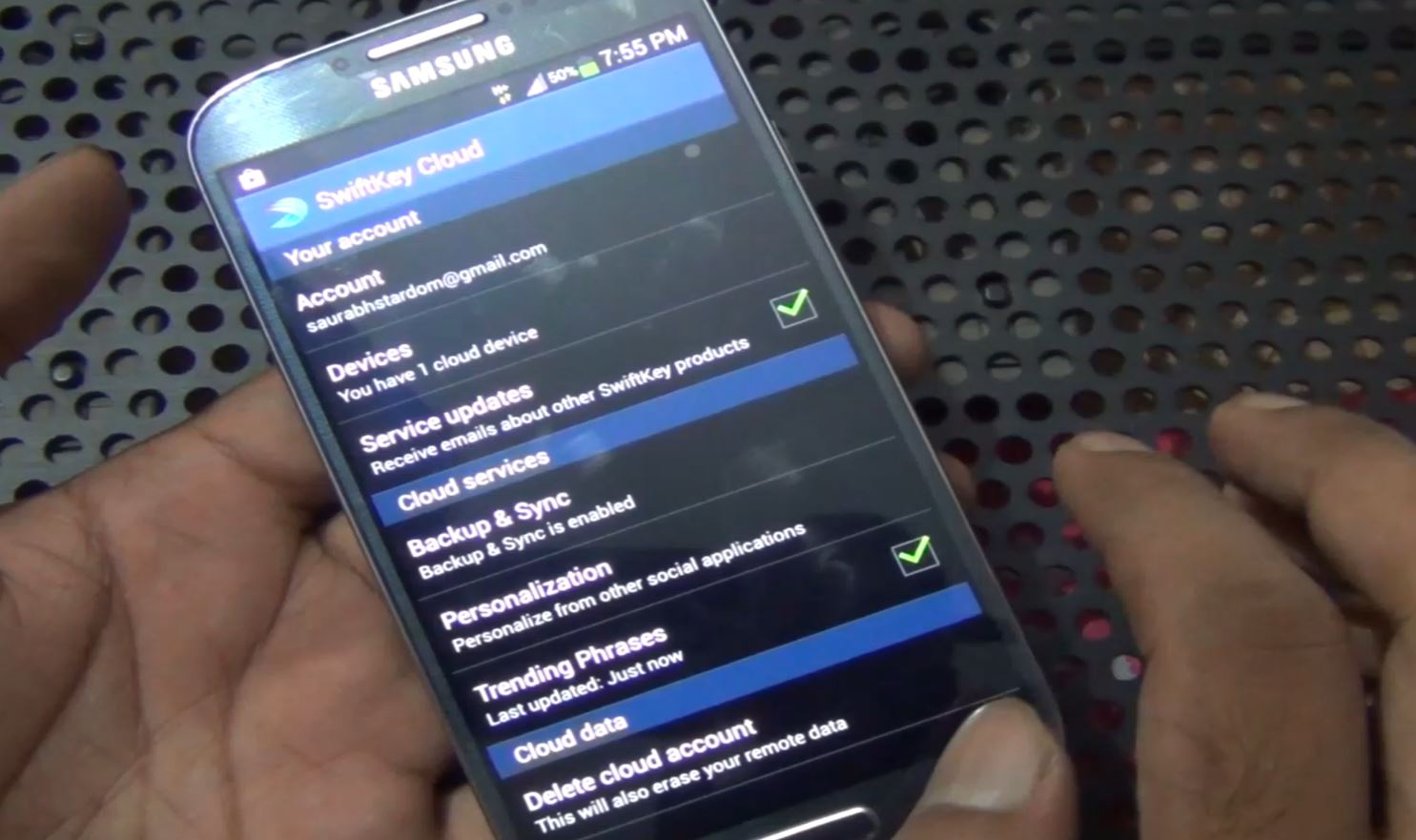Ever felt like your educational journey is a bit of a compromise? Like the pace is either too fast, leaving you scrambling to keep up, or perhaps too slow, making you restless and disengaged? For generations, education has largely operated on a ‘one-size-fits-all’ model, designed to cater to the ‘average’ student. But what if learning could be as unique as you are?
Get ready to leave the generic path behind, because personalized education powered by Artificial Intelligence is here to reshape how we learn. Imagine having a dedicated tutor who intuitively understands your strengths, pinpoints your weaknesses, and adapts every lesson, every resource, every challenge specifically for *you*. This isn’t science fiction; it’s the rapidly evolving reality of AI in education.
Before we dive deep into how these intelligent systems are making truly individual learning possible, take a moment to see this concept in action:
Table of Contents
What Exactly is Personalized Education?
At its core, personalized education moves away from standardized, classroom-based instruction towards an approach that tailors pedagogy, curriculum, and learning environments to meet the individual needs and interests of each learner. It recognizes that students come with different prior knowledge, learn at different paces, have varying interests, and respond to different teaching methods.
Historically, achieving true personalization at scale has been incredibly challenging for educators managing large groups of students. It requires immense insight into each student, dynamic resource allocation, and constant assessment and adaptation – tasks that are simply overwhelming for human educators alone.
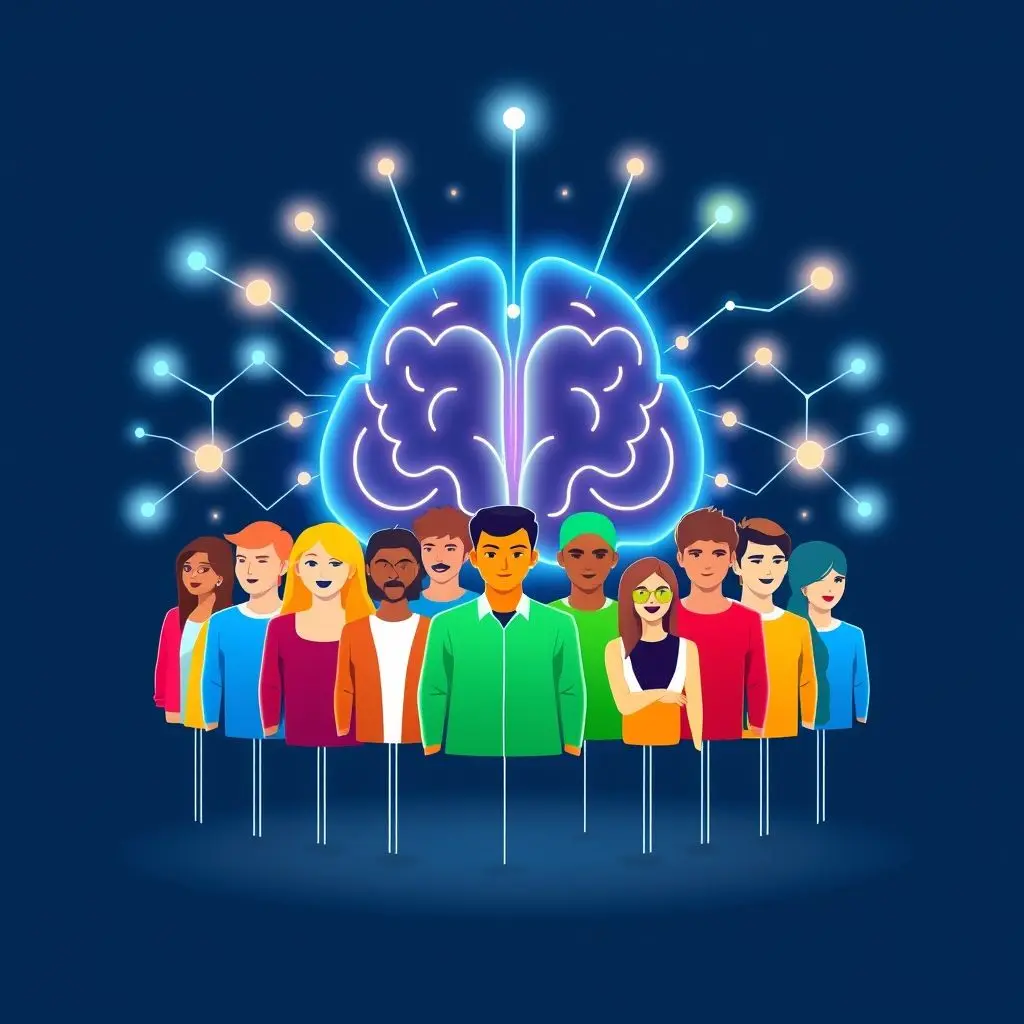
The Bottlenecks of Traditional Learning
The traditional classroom model, while effective for foundational knowledge transfer, often faces significant limitations when it comes to individual student needs:
- Fixed Pace: Everyone moves through material at the same speed, potentially leaving slower learners behind or boring faster learners.
- Generalized Content: Learning resources and examples are designed for a broad audience, potentially failing to resonate with specific student interests or real-world contexts relevant to them.
- Delayed Feedback: Assessment and feedback are often retrospective, coming days or weeks after work is completed, making it harder for students to correct misunderstandings promptly.
- Limited Individual Support: Teachers have limited time to provide one-on-one attention to every student needing help.
These bottlenecks often lead to disengagement, frustration, and students slipping through the cracks because their specific learning requirements aren’t being adequately met.
How AI Breaks Barriers and Enables Personalization
This is where Artificial Intelligence steps onto the educational stage, not as a replacement for teachers, but as a powerful co-pilot enabling levels of personalization previously unimaginable. AI systems can process vast amounts of data from student interactions within a learning platform – dwell time on topics, answers to questions, types of errors made, successful strategies – and use this data to make intelligent decisions in real-time.
Here’s how AI drives personalization:
1. Real-time Performance Analysis: AI algorithms constantly analyze how a student is interacting with the material. Are they spending too long on a concept? Are they making recurring errors of a specific type? Are they skipping ahead successfully? This provides granular, moment-by-moment insight into the student’s understanding and engagement.
2. Adaptive Content and Pace: Based on the performance analysis, the AI system can dynamically adjust the learning path. If a student masters a topic quickly, it can offer more challenging material or move to the next concept. If they struggle, it can provide remedial content, break down concepts further, offer alternative explanations, or provide more practice problems. The pace and difficulty adapt fluidly to the student’s demonstrated understanding.
3. Tailored Recommendations: AI can recommend specific resources beyond the core curriculum – videos, articles, interactive simulations, or even peer-group activities – based on a student’s interests, learning style, or areas where they need additional reinforcement.
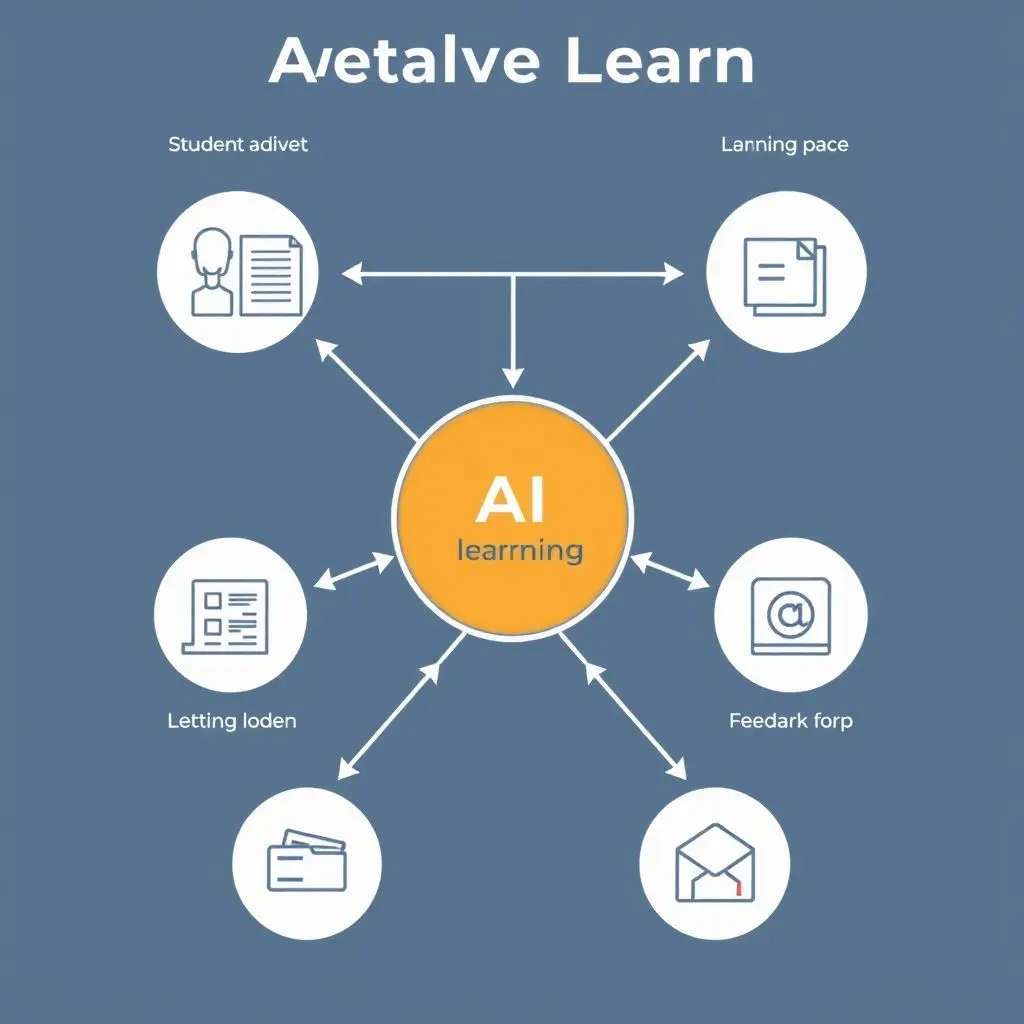
4. Instant and Targeted Feedback: Forget waiting for a graded assignment. AI can provide immediate feedback on practice problems, essays (grammar, structure), or coding exercises. This feedback isn’t just a simple ‘right’ or ‘wrong’; it can explain *why* an answer is incorrect, offer hints, or suggest specific areas for review, making the feedback actionable right when the student needs it most.
5. Predictive Analytics: AI can analyze patterns across many students to identify early indicators of potential difficulties or disengagement. This allows the system (and potentially educators) to intervene proactively before a student falls significantly behind.
Key Applications of AI in Personalized Education
AI-driven personalization is manifesting in various forms:
- Adaptive Learning Platforms: These are perhaps the most common examples, offering courses that adjust difficulty and content flow based on student performance (e.g., Khan Academy’s Get Ready courses, Duolingo for language learning).
- Intelligent Tutoring Systems (ITS): More sophisticated systems designed to mimic one-on-one human tutoring, providing dialogue-based interaction, hints, and explanations tailored to student responses.
- Automated Assessment Tools: Grading tools for quizzes and standardized tests are becoming more common, but AI is also enabling automated feedback on more complex assignments like essays or programming code, focusing on identifying common errors or areas for improvement.
- Content Generation & Curation: AI can help teachers find or even generate relevant learning materials, questions, or examples specific to a student’s needs or interests, saving educators significant time.
- Administrative Assistance: AI can help manage tasks like scheduling, communication, and tracking student progress, freeing up educators to focus more on interacting with students.
The Tangible Benefits for Learners and Educators
Implementing AI for personalized education offers significant advantages:
- Improved Student Outcomes: Tailored instruction directly addresses learning gaps and builds on strengths, leading to better understanding and higher achievement levels.
- Increased Engagement and Motivation: Learning at the right pace with relevant content keeps students more interested and less frustrated. Immediate positive feedback can also be highly motivating.
- Greater Efficiency: Students spend less time on material they already know and more time focusing on areas where they need to improve, leading to faster mastery.
- Enhanced Educator Effectiveness: By automating tasks like basic assessment and providing data-driven insights, AI frees up teachers to focus on higher-level activities like mentoring, facilitating discussions, and providing emotional support – aspects AI cannot replicate.
- Addressing Diverse Needs: Personalized systems are better equipped to support students with varying learning disabilities, language barriers, or different cultural backgrounds by providing content and support in formats best suited for them.
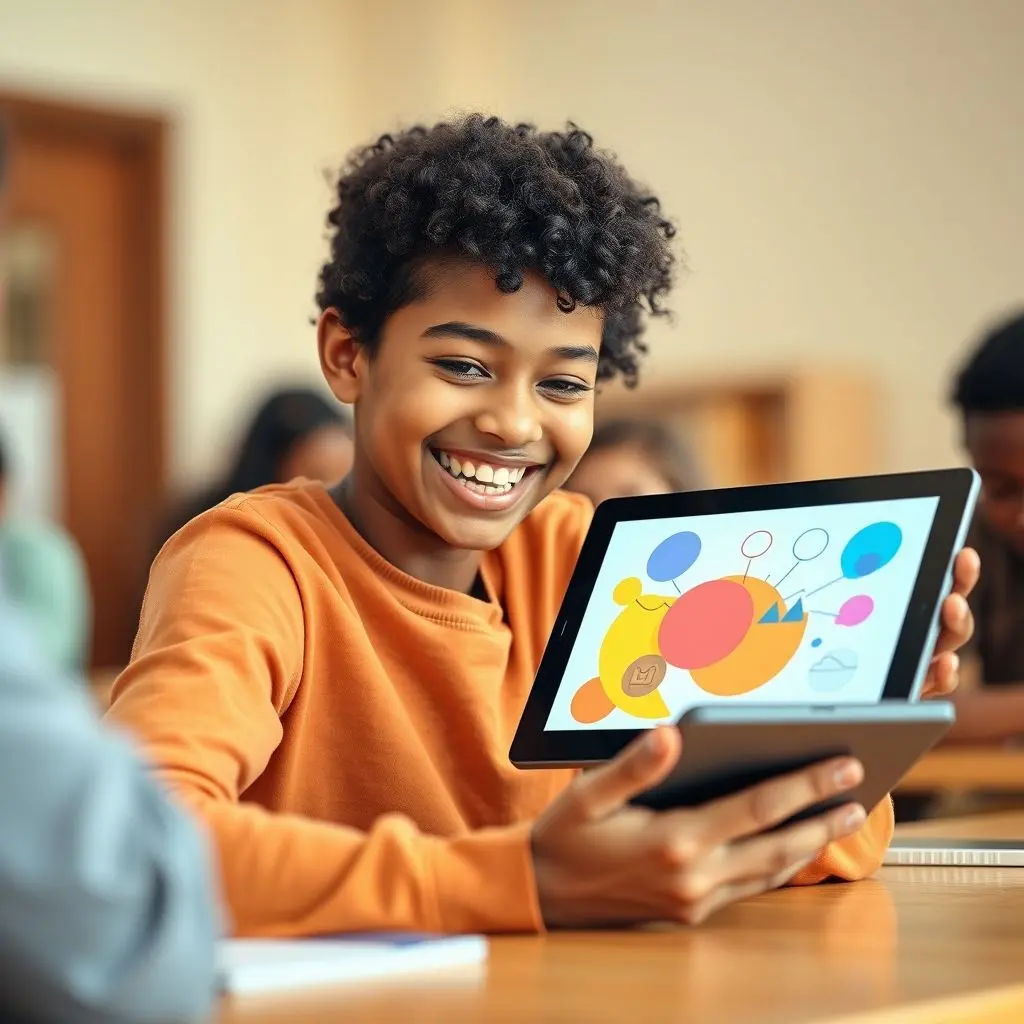
Challenges and Ethical Considerations
While the promise is significant, the widespread adoption of AI in personalized education isn’t without its hurdles:
- Data Privacy and Security: Personalized learning systems collect vast amounts of sensitive student data. Ensuring this data is stored securely and used ethically is paramount.
- Bias in Algorithms: AI models are trained on data, and if that data reflects existing societal biases, the AI might inadvertently perpetuate them, potentially leading to unfair outcomes for certain student groups. Careful design and ongoing monitoring are crucial.
- The Digital Divide: Equitable access to the necessary technology (devices, internet connectivity) and digital literacy skills is essential. AI personalization risks exacerbating educational inequalities if not implemented thoughtfully.
- Maintaining the Human Touch: Education is fundamentally a human endeavor involving relationships, mentorship, and social-emotional learning. AI should augment, not replace, the crucial role of human educators.
- Cost and Implementation: Developing and integrating effective AI-powered systems requires significant investment in technology, infrastructure, and teacher training.
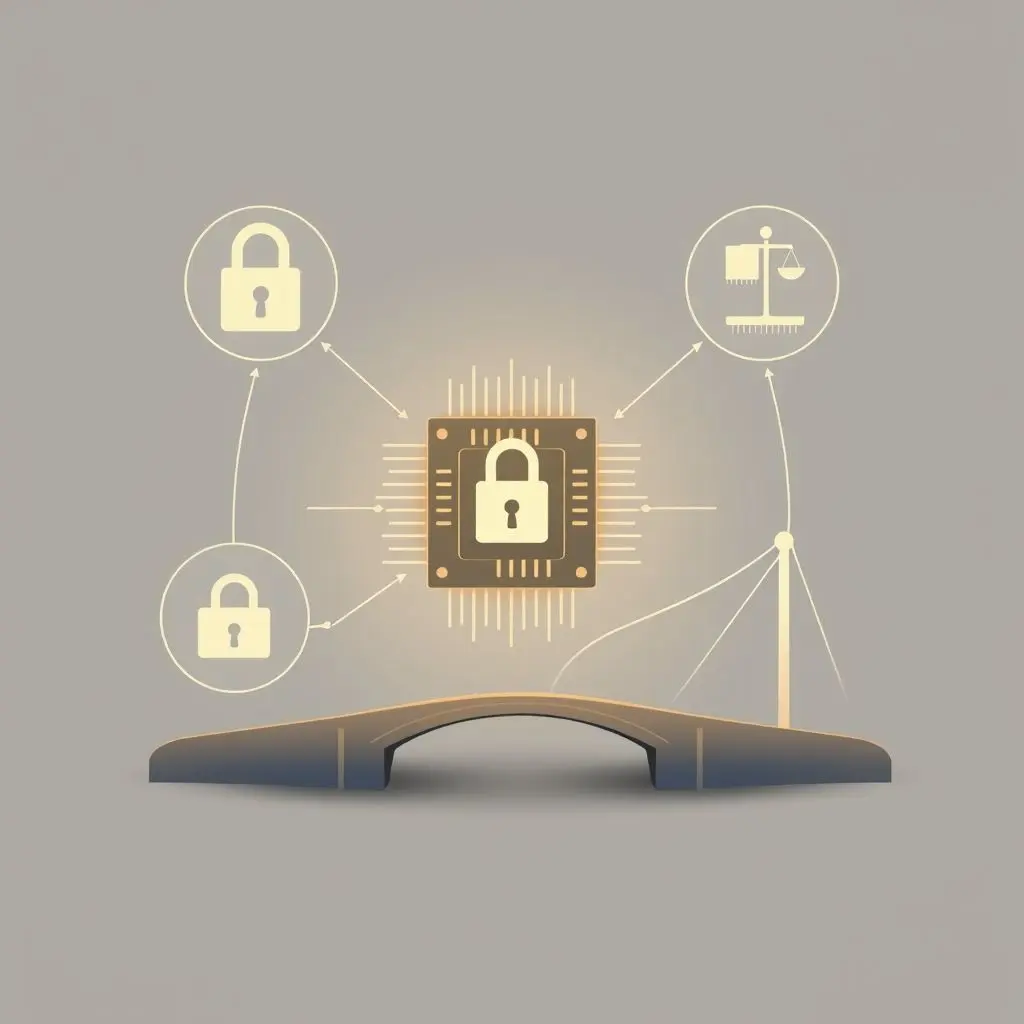
FAQs About AI in Personalized Education
Q: Is AI going to replace teachers?
A: No, the consensus among educators and technologists is that AI will augment, not replace, teachers. AI can handle data analysis, personalization algorithms, and automated feedback, freeing up teachers to focus on mentoring, critical thinking, social development, and complex instruction that requires human intuition and empathy.
Q: How does AI know my learning style?
A: AI systems don’t typically ‘know’ your learning style in a traditional sense (like visual, auditory, kinesthetic). Instead, they adapt based on your *behavior* within the platform – what types of content you engage with most effectively, what pace works best for you, what kinds of problems you solve successfully or struggle with. It’s adaptation based on performance data rather than a pre-assigned category.
Q: Is this only for online learning?
A: While AI personalization is most commonly seen in online or blended learning platforms, the principles and tools can also support traditional classroom settings. Teachers can use AI insights to inform their small group instruction, resource recommendations, or intervention strategies in a physical classroom.
Q: How is student data kept safe?
A: Reputable educational technology providers must comply with strict data privacy regulations (like FERPA in the US, GDPR in Europe). This involves secure data storage, anonymization where possible, and clear policies on how data is used and accessed. It’s crucial for institutions and parents to vet the privacy practices of any platform used.
Shaping the Future of Learning
The integration of AI into education is not merely a technological upgrade; it’s a fundamental shift towards making learning more student-centric, efficient, and effective. By leveraging AI’s ability to analyze, adapt, and respond in real-time, we are moving closer to a future where every student has access to a learning experience truly tailored to their unique potential. This isn’t about making education easier, but about making it smarter, more accessible, and ultimately, more human-focused by allowing educators to dedicate their expertise where it matters most: inspiring and guiding the next generation.




